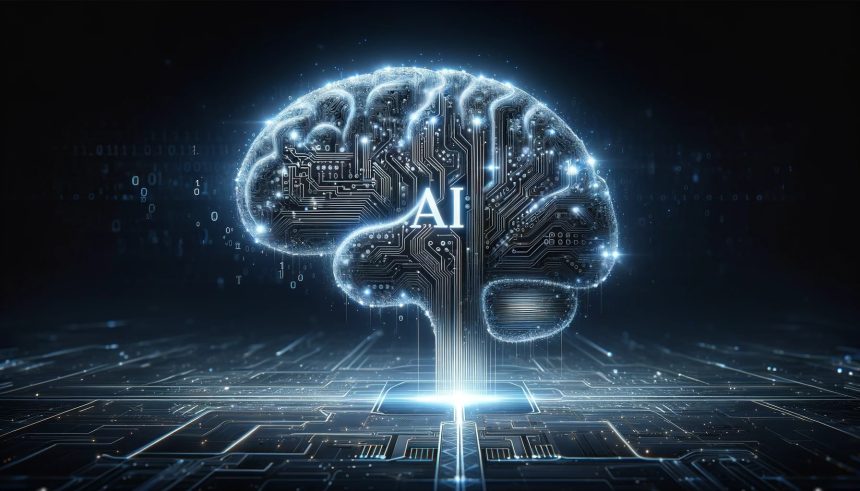Professional insights provide an inside look at current robotics and artificial intelligence practices, explored through a recent MassRobotics survey developed with Lattice Semiconductor. Decision makers and engineers across the industry discuss persistent hurdles and emerging strategies, showing where the sector stands on autonomy, efficiency, and system safety. Integration difficulties, growing energy requirements, and new security needs challenge modern robotics, prompting research into technology that might meet evolving expectations for smarter, more responsive machines. Many organizations are actively searching for solutions that combine practical cost-saving with improved system resilience, motivated by the potential for real-time performance and reduced latency. Industry stakeholders recognize not only the opportunities, but also the practical complications that come with greater use of AI on edge devices.
Earlier analyses of robotics trends focused largely on individual sensor or motor technologies, with limited attention to integration problems or energy constraints. More recent reports, such as the one summarized here, now capture a marked shift toward data fusion and embedded AI processing. Recent developments also highlight how cybersecurity and system safety see increasing focus as edge computing becomes widespread in robotic systems. Lattice Semiconductor’s hardware solutions and proof-of-concept systems point to more specific approaches for developers than broad trend overviews from years past. Attention is gradually shifting to energy management and system robustness, setting today’s conversation apart from older discussions that prioritized autonomy and hardware expansion above operational efficiency.
How Do Industry Leaders Approach Sensor Fusion Complexities?
Surveyed experts report widespread reliance on multiple sensor types for robotics, with 67.5% combining LiDAR and cameras, while IMUs and Time-of-Flight sensors are also common. Despite general agreement that such combinations improve object detection, most respondents identify integration issues, system cost, and calibration challenges as serious drawbacks. Establishing stable, affordable fusion systems remains an unmet requirement for many, with calls for more adaptable frameworks and streamlined solutions growing louder. One respondent stated,
“Simplifying integration is critical for supporting scalable and long-term deployments across applications.”
Why Is Edge AI Gaining More Adoption in Robotics?
Half of participants now embed some form of AI at the sensor level, with machine learning models and neural networks becoming more prevalent. Edge AI is chosen to boost real-time responses and minimize latency, and there is consensus that future robotics will require even more native intelligence outside centralized servers. Anticipated growth in on-device inference and data processing is informed by increasing performance demands and the need to decrease reliance on high-power components. The survey findings indicate that manufacturers and engineers are prioritizing new hardware capable of supporting efficient, distributed AI functionality.
What Solutions Address Robotics Power and Security Demands?
Power consumption continues to trouble developers; most rate their systems only moderately satisfactory and aim for lower consumption thresholds. Recent advances such as Lattice Semiconductor’s FPGA-based solutions improve local data processing and reduce dependency on power-hungry GPUs. Their system demonstration highlights how encoding and processing near the sensor can cut data transmission volumes and energy usage. Security also features prominently—over 48% see cybersecurity as a leading threat, prompting moves toward hardware isolation and encrypted communication. In response, a company representative emphasized,
“Addressing these challenges is essential as robotics shifts toward more autonomous and connected architectures.”
Organizations like MassRobotics help unite the sector by gathering feedback and driving research linking innovation with practical deployment barriers. Lattice Semiconductor’s detailed focus on structured-light 3D scanning and edge processing with its sensAI stack and FPGA platforms adds new options for those wrestling with object detection and real-time control needs. Demonstrations involve products like NVIDIA Jetson Orin Nano and UFACTORY LITE6, reflecting a blend of commercial and experimental hardware for real-world testing.
Industry players are now banking on flexible input/output options and hardware-enabled parallel processing to solve sensor fusion, latency, and integration challenges. Additionally, safety is being addressed both through redundant sensor systems and proactive security techniques, especially as robotics designs become more sophisticated. Tools like High Level Synthesis (HLS), Matlab/Simulink, sensAI Studio, and Edge Vision Engine provide support for developers aiming to implement efficient AI and data management at the edge.
As robotics and artificial intelligence technologies continue to develop, attention is shifting from simply expanding technical capabilities to optimizing performance, security, and accessibility. Engineers and manufacturers searching for robust edge AI and sensor fusion solutions need to consider both system integration and the increasing complexity of operating in dynamic environments. The latest hardware trends offer practical avenues for reducing energy footprints, supporting scalable deployments, and addressing emerging threats. A proactive, evidence-driven approach—balancing cost constraints with technical adaptability—will determine who leads the next phase of intelligent automation. Readers invested in robotics and AI should closely monitor developments in near-sensor processing, versatile hardware architectures, and industry alliances that prioritize both openness and security in future deployments.










